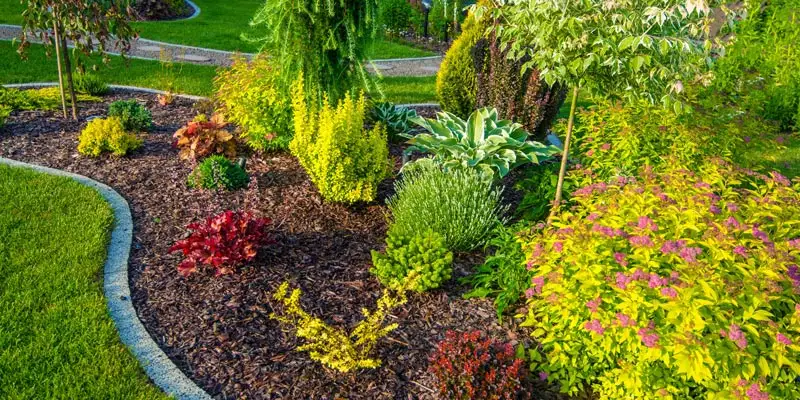Excitement About Landscape Design
Excitement About Landscape Design
Blog Article
Some Ideas on Landscape Design You Should Know
Table of ContentsThe smart Trick of Landscape Design That Nobody is Talking AboutWhat Does Landscape Design Do?Get This Report on Landscape DesignThe 5-Minute Rule for Landscape DesignRumored Buzz on Landscape Design
Formal style motif. Credit Rating: Gail Hansen, UF/IFAS The lawn is an expansion of the home where a selection of tasks take place. A yard can normally be split right into three areas: public (the front yard), private (the back backyard), and service (typically the side yard). The area of task areas depends mostly on the sort of area, the size of room required, the kind of task, and the wanted proximity to other activities and structures.The outside wall of your house usually works as the very first wall or beginning factor of an exterior area. Inappropriate usages must be divided, and relevant tasks, such as food preparation and dining, ought to be put together to make the lawn much more reliable and delightful. When making use of hardscape to produce areas, use construction product comparable to that used in the home for continuity from your home into the yard.
Connected spaces. Credit Rating: Gail Hansen, UF/IFAS Making use of similar hardscape features and repeating plants draws the eye around the garden.
Not known Incorrect Statements About Landscape Design

For mental comfort plants are made use of as physical or implied barriers for personal privacy and security. Physical obstacles block both the view and access to a space and consist of fencings, wall surfaces and plant bushes. Implied obstacles, usually low growing plants, obstruct gain access to however not the view (Number 9). Various other features of plants consist of cleaning up the air, avoiding disintegration and soil loss, keeping dampness in the dirt, and returning natural issue to the dirt.
Physical and suggested barriers. Debt: Gail Hansen, UF/IFAS For these reasons, the kinds of plants to be used (such as trees, hedges, or groundcovers) must be chosen in the early phases of planning (Landscape Design). Plant kinds are selected for their useful capacities so that their future purpose and called for area can be taken into consideration at the exact same time

5 Simple Techniques For Landscape Design
Each plant mass remains in front of, behind, or next to, another mass. Number 11. Horizontal plant layers. Debt: Gail Hansen, UF/IFAS Figure 12. Upright plant layers. Landscape Design. Credit Score: Gail Hansen, UF/IFAS Duplicating plants within a mass and duplicating masses with comparable plants ties the yard together. The individual plant features must be considered to successfully layer and mass plants.
All plant make-ups begin with the major structure plants, the large, mostly evergreen background plants-such as the trees and big bushes. These plants separate or enframe areas, control the size of the space, and supply the beginning factor for picking the appropriate attributes of the 2nd layer, midground plants, for massing and infill.
Important points in the garden must be highlighted by the use of more helpful hints distinct plants, distinctive structures, or yard ornaments. Marking thresholds or entries to spaces can be finished with gates, arbors, and actions, browse around this web-site or through using unique and colorful plants. The type and/or style motif of the garden will commonly aid establish the vital factors and just how they need to be highlighted.
Various other crucial places in the backyard are focal factors, which is utilized to visually organize a designed area. Different perspectives or viewpoints can expose different make-ups in the landscape that may call for a variety of focal factors.
The Single Strategy To Use For Landscape Design

Plant types. Credit History: Gail Hansen, UF/IFAS After form, texture is the next leading feature of a plant; crude, tool and fine textures can be used for contrast and emphasis in the landscape.
The enjoyable scent of plants, the sound of wind in the trees, the audio and appearance of water, and the shades and structures of sculptures, pots and garden furnishings all contribute to the experience of the garden. One detail that is often forgotten is the result of light on the aesthetics of the plants.

Getting My Landscape Design To Work
It is essential to know the ultimate fully grown size of plants so they can be placed in the right location and spaced correctly when they are mounted. Giving plants area to grow is a challenge because the common mature size is commonly based upon ideal expanding problems and the ecological problems of a website may create a plant to enlarge or remain smaller.
Report this page